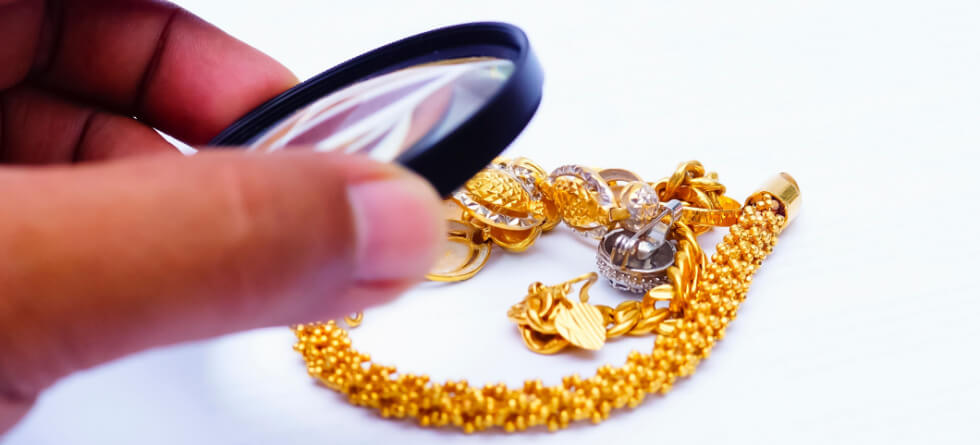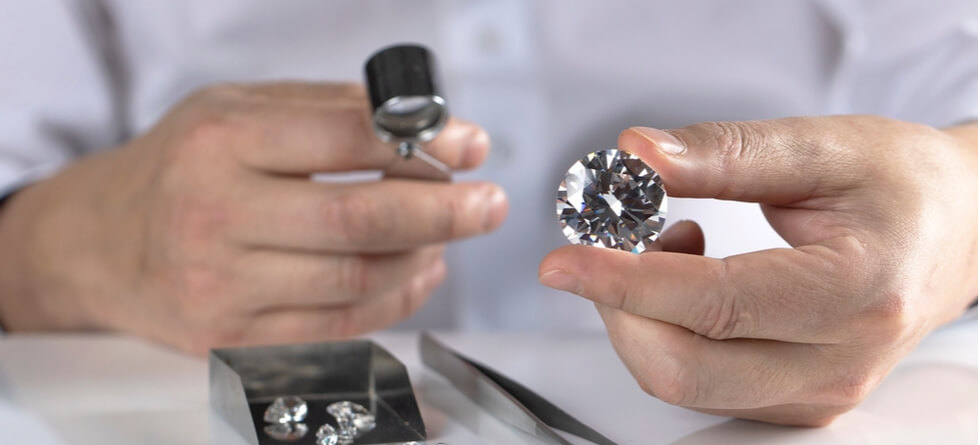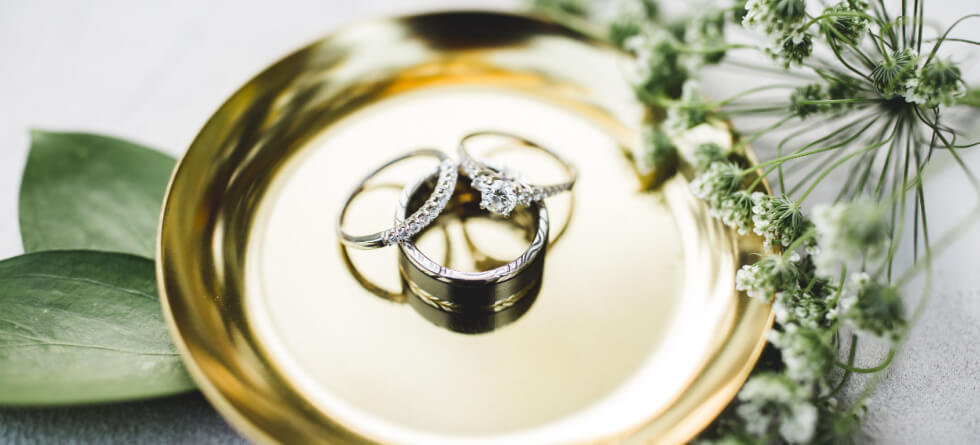There are several simple tests you can perform at home to determine if a gold chain is real or not:
- Magnet Test: Gold is not magnetic, so if the chain attracts a magnet, it is not real gold. However, this test is inconclusive, as some fake gold chains may also be non-magnetic.
- Acid Test: An acid test involves applying a small drop of nitric acid to the chain to see if it reacts. If the chain turns green, it is likely a fake gold chain, as gold does not respond to nitric acid. However, this test can be dangerous and should only be performed by a professional jeweler.
- Hallmark Test: Real gold chains are often marked with a hallmark or stamp that indicates the purity of the gold. Look for markings such as 10k, 14k, or 18k, which show the percentage of pure gold in the chain. However, fake gold chains may also be stamped with these markings, so it is essential to consult with a professional jeweler for a definitive answer.
- Scratch Test: Real gold is a soft metal easily scratched by other materials. Try scratching the chain with a small file or razor blade to see if it leaves a mark. If the chain is hard to rub or does not leave a mark, it may be fake gold.
- Density Test: Gold is a dense metal, meaning genuine gold chains will feel heavy for their size. If the chain feels light or flimsy, it may be fake gold.
While these tests can give you a rough idea of whether a gold chain is real, it is always best to consult a professional jeweler or appraiser for a definitive answer. A trained expert can examine the chain closely and perform more accurate tests to determine its authenticity and value.



